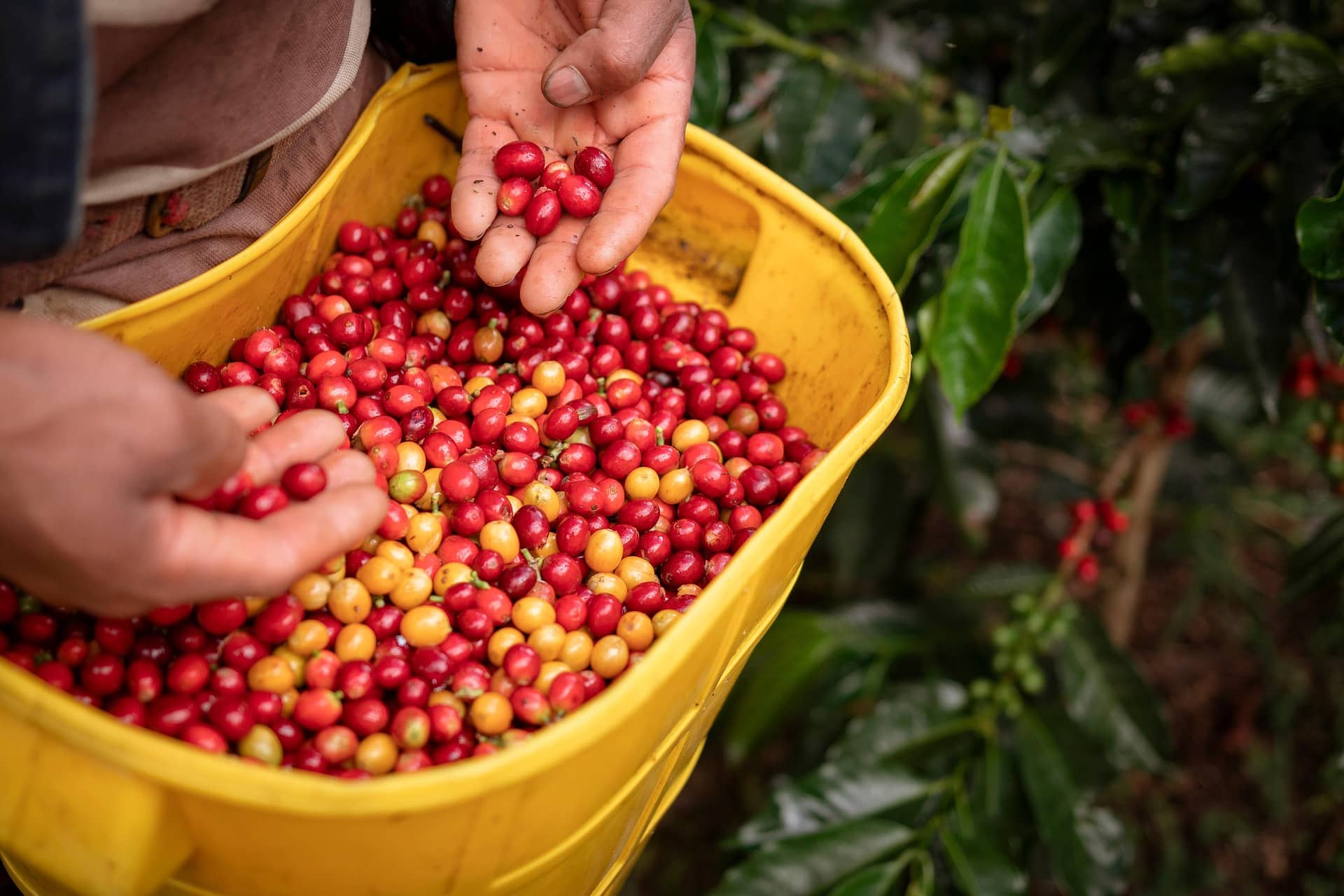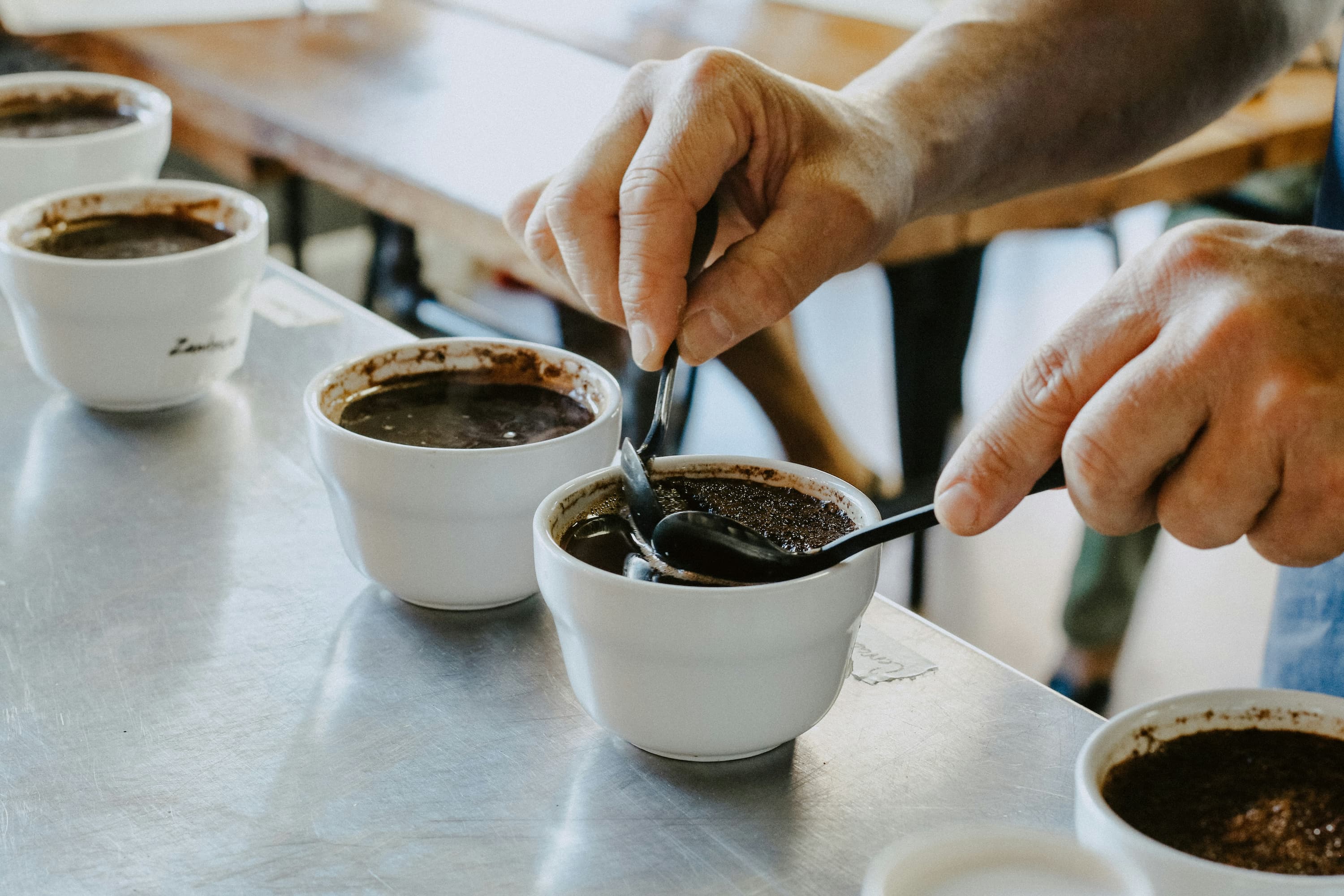
Coffee Certification Challenges
Once thought to be a straightforward incentive for producers and roasters, coffee certification challenges have become increasingly complex …

We analyzed 1,761 single origin coffees from 250 roasters to see how roasters describe coffees in the aggregate, as well as how notes cluster by origin, and where hidden niches still exist. The results can sharpen your buying choices and guide your menu strategy—whether you roast or simply enjoy a single origin brew.
We pulled the first three tasting notes listed for each coffee, standardized spelling, and tallied every mention. Then we:
We did not look at roast level when analyzing the data. Roast levels can certainly produce different flavor profiles for the same coffee, or they can accentuate the intrinsic profile inherent to the origin or bean. But since more and more roasters are trying to achieve a specific profile, and then are working backward into a roast level, we decided to focus simply on taste profiles here.
The overall goal: translate raw counts into clear, actionable insight.
Chocolate terms—dark chocolate, milk chocolate, cocoa—appear in over 35 % of all note lines. Caramel and brown sugar sit close behind. If you roast, you already know these cues sell. If you buy coffee, you have probably seen them before.
Why the dominance? Familiar, identifiable language removes risk for new customers. It also maps neatly to real chemistry: medium-to-dark Maillard reactions drive cocoa and caramel flavors. But heavy reliance on the same words creates flavor fatigue. Your opportunity as a roaster: introduce nuance (e.g., fudge, praline, toffee) to keep comfort notes fresh without confusing drinkers.
Fruit descriptors appear frequently, but each individual fruit word claims a small share. Cherry tops the list at 92 mentions, followed by a slew of citrus terms. No single fruit breaks into the top three overall. That fragmentation opens space for differentiation:
For roasters: highlighting fruit that bucks the origin stereotype catches eyes. For drinkers: chase Ethiopian naturals for berries, Guatemalan washed lots for juicy peach, and Kenyan washed lots for citrus.

When we mapped out the prevalence of certain notes across different origins, we noticed some predictable patterns and a few surprises:
| Origin | Top Three Notes |
|---|---|
| Colombia | Caramel, milk chocolate, cherry |
| Ethiopia | Floral, strawberry, blueberry |
| Brazil | Dark chocolate, hazelnut, peanut |
| Guatemala | Milk chocolate, brown sugar, peach |
| Costa Rica | Orange, milk chocolate, honey |
| Honduras | Orange, caramel, honey |
| Mexico | Milk chocolate, dark chocolate, caramel |
| Peru | Cocoa, citrus, plum |
Key takeaway: 75% of the coffees in our analysis originated from the eight countries above, so standing out often means expressing a note uncommon for your origin, which leads straight to the lift index.
Lift tells you how much more likely a note shows up in one origin compared with the global norm.
A lift of 5 means the note appears five times more often in that origin. Anything above 2 signals a strong association worth highlighting—or breaking, if you want buck the trend.
Here are the top eye-openers from our list of lift>2 and at least five mentions:
| Rank | Origin | Note | Count | Lift Index | Why It Matters |
|---|---|---|---|---|---|
| 1 | Sumatra | Earthy | 21 | 13.3 | Earthiness scares some buyers, but embracing slightly more specific terms can communicate the same general profile. |
| 2 | Brazil | Peanut Butter | 6 | 13.0 | Natural-process lots produce this universal cue. Few roasters use it, for now. |
| 3 | Sumatra | Cedar | 8 | 11.0 | Spicy-wood aromatics add depth; great for limited releases. Sometimes paired with tobacco, for a clear sensory expectation. |
| 4 | Burundi | Blackberry | 5 | 8.6 | Only five coffees, yet huge lift. Look for this combo to become more prevalent over time. |
| 5 | Kenya | Grapefruit | 6 | 8.0 | Classic Kenyan zest; highlight it to educate drinkers on acidity, not just “brightness.” |
Seek high-lift notes when you must have exaggerated character. A Sumatra with cedar will likely deliver woodsy complexity you won’t find elsewhere.
We counted every two-note combo that appeared at least twice:
| Rank | Pair | Count | Why It Works |
|---|---|---|---|
| 1 | Caramel + Chocolate | 28 | Decadent, no-risk comfort |
| 2 | Caramel + Milk Chocolate | 22 | Smooth sweetness, ideal for filter roast |
| 3 | Caramel + Orange | 15 | Balances sugar with citrus zest |
| 4 | Almond + Caramel | 12 | Nutty-sweet pastry vibe |
| 5 | Chocolate + Citrus | 11 | “Chocolate-orange” confection in a cup |
As tasting notes move away from the universal terms (chocolate, caramel, etc.) and toward rare or highly specific descriptors, the more subjective tasting becomes, in our opinion. Everyone knows generally what to expect if a coffee is described by “chocolate”. A roaster with average tasting skills probably isn’t going to misclassify a coffee with bright acidic citrus notes as “chocolately”. (Though it’s not a guarantee that all tasters will settle on chocolate or any other term consistently for the same coffee.) On the other end of the spectrum, here are a few of the weirder notes we saw:
At this end of the spectrum, it becomes more abstract, which might seem counterintuitive. But a coffee clearly doesn’t literally taste like a Jolly Rancher. So what about it led a taster to describe it that way? Directionally, most people could probably guess at a high level what sort of profile evokes “Jolly Rancher”. But despite the very specific note, it’s very hard to land on anything precise.
For roasters, be careful with these fringe terms. They are entertaining to read, and must be fun conversations in the tasting room. But balance trying to be fun and unique with the actual point of tasting notes in the first place, which is to help steer consumers toward coffees they will like.
Our dataset updates quarterly and we have been tracking tasting notes for thousands of coffees since 2021. We’ll keep tracking the numbers, but you don’t have to wait. Use the findings now:
When grounded in data, tasting notes become a practical compass for everyone along the coffee chain. Next time you pick up a bag—or print a label—let those notes guide your adventure.
Curious about deeper cuts (processing method, price tier, or varietal analysis)? Reach out, and we’ll dig into the numbers together.

Once thought to be a straightforward incentive for producers and roasters, coffee certification challenges have become increasingly complex …

Each quarter in our benchmarking report, we analyze a broad sample of single origin coffees from hundreds of small roasters …

You read tasting notes because they promise an experience. Yet the language on coffee bags often feels repetitive …
